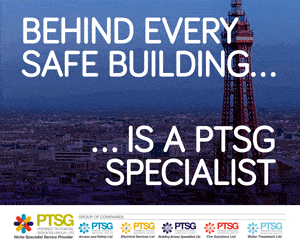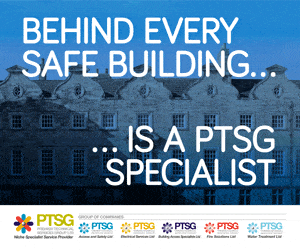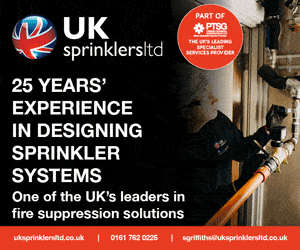Industry experts are calling for clear and effective cleaning standards to be introduced across workplaces and public spaces in the UK to build on the World Health Organisation (WHO) Global Handwashing Standards released this week.
Welcoming the hand washing standards as a firm foundation for providing safe and healthy facilities, the body representing the £67bn cleaning, hygiene and waste sector has today published a new guidance framework to improve UK public health, save lives, protect the economy from billions of pounds lost every year in sickness absence and prevent thousands of school days being lost to pupil sickness annually.
The British Cleaning Council (BCC) argues that higher standards of cleaning in workplaces and public spaces, combined with the handwashing measures recommended by the WHO, are the best way of reducing the spread of common infections such as flu and protecting against another pandemic.
The BCC’s Strategic Framework For Achieving Cleanliness And Hygiene in Public Environments builds on the WHO standards by providing a framework of systematic guidance on how to develop cleaning and hygiene policies for public spaces aimed at preventing the spread of infectious disease.
The aim is to enable managers across a range of environments, for example leisure, retail, hospitality and public transport facilities, to develop a policy for delivering targeted hygiene which is appropriate to the specific needs and challenges of the environment they are responsible for, and which includes both cleaning and the subsequent measurement of outcomes.
It is now planning a pilot project which will see the framework implemented in one or more schools, with evidence being collected to demonstrate the impact of measures on reducing both absence rates and the spread of infection to families in the community.
It is hoped that the results of this trial will result in the wide adoption of the Strategic Framework For Achieving Cleanliness And Hygiene in Public Environments in other workplace situations and public spaces.
Jim Melvin of the BCC said: “Improved hand washing nationally will undoubtedly help limit the spread of sickness, but that needs to be combined with higher cleaning standards to be most effective.
“The Strategic Framework For Achieving Cleanliness And Hygiene in Public Environments we have issued gives expert guidance on the issues and methods to be considered when designing a cleaning regime in order to create a cleaner, safer, and healthier environment for everyone.
“Higher cleaning standards are essential to protect public health, save lives and reduce the huge impact of sickness absences on the economy.”
Delia Cannings, author of the Strategic Framework For Achieving Cleanliness And Hygiene in Public Environments, and Immediate Past Chair of the BCC, said: “A regulated standard is the way forward to provide a structured route to consistency in cleaning standards across a range of environments and public spaces.
“Enabling organisations to develop their own policies using the framework guidelines will potentially contribute to the creation of a resilient UK whilst reassuring the public regarding environmental cleanliness. A national standard must be considered as the bedrock for health and well-being.”
The framework includes:
• the definition of hygiene and cleanliness
• assessing risks
• establishing cleaning and hygiene standards
• implementing cleaning and hygiene procedures
• continuously monitoring and improving the process.
This framework has been developed to be adapted/tailored to specific environments.
Examples of areas covered include:
· The need to identify the sites and surfaces where the probability of contamination is highest and where there is the greatest risk of infection spread. This may include hands, high-touch surfaces such as door handles, light switches, and shared equipment, cleaning utensils, and surfaces where food is prepared or handled.
· The need to develop cleaning protocols, by creating detailed cleaning procedures for different areas and surfaces, including the frequency of cleaning, the types of cleaning products to use, and the proper techniques for application.
For a free copy of the Strategic Framework For Achieving Cleanliness And Hygiene in Public Environments, please email the BCC via Compsec@britishcleaningcouncil.org






















































